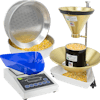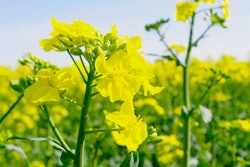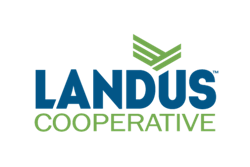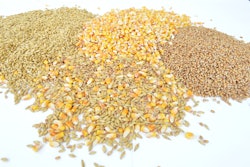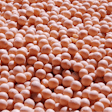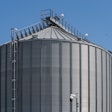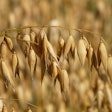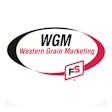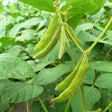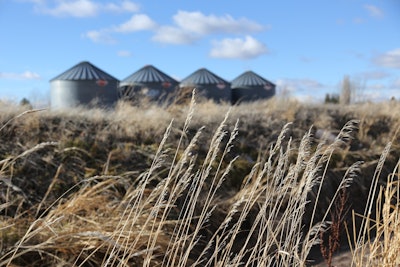
According toBloomberg, wheat, corn and soybeans, the backbone of the world’s diet, are all surging to highs not seen since 2013. Bad crop weather in key-producing countries is a major culprit. Dryness in the U.S., Canada and France is hurting wheat plants, as well as corn in Brazil.
Rain in Argentina is derailing the soy harvest. Adding to that, there are fears of drought coming to the American Farm Belt this summer. Meanwhile, China is gobbling up the world’s grain supplies and is set to import the most corn ever as it expands its massive hog herd.[1]
“We are the in the middle of a commodity super cycle,” says Jeff Van Pevenage, president and CEO of Columbia Grain International, a leader in the origination, processing, logistics, and distribution of high-quality bulk grains, pulses, edible beans, oilseeds and organics. “Our producers are selling their crops at all-time highs or holding crops with the hope that markets will go even higher. Rising futures are driving broader gains. Wheat, corn and soybeans are the highest they’ve been since 2013. Soybean oils are trading higher than we’ve seen in decades.”
Even though the U.S. has limited supplies at present, 90% of the nation’s corn plantings are complete and 75% of nationwide soybean planting is complete.[2]Strong Chinese demand and low inventory is forecasted to keep prices firm.
The high demand for corn has many American farmers, like Michael Hoverson of Larimore, North Dakota’s Hoverson Farms, opting for more corn acreage in their 2021 plantings. “Last year we experienced heavy prevent plant acres. This year’s drier weather is allowing us to get all of our acres seeded.
When looking at options for corn, soybeans, wheat, potatoes, sugar beets, etc., we have hedged ourselves primarily towards corn acres. The drier weather, increased corn prices, beneficial crop insurance rates, and a favorable proven yield motivated us to plant more corn. Our farm will essentially be 70% corn this year. Given a drier soil profile and the potential for drought, we feel secure with this crop mix,” says Hoverson.
CGI is experiencing quite a rebound from this time last year when soybeans, corn and wheat hit a 10-year low as a result of the US-China Trade War, says Van Pevenage.
“Our script in ag has completely flipped. Right now, demand is growing at a time when supplies are constrained, which means higher prices in the market," he says. "The future is contingent on the health of the global economy in 2021 as well as the direction of the US-China trade relationship.”
Within the past week the U.S. has seen mild improvement in weather with rains hitting much of the crop area. This has slowed the upward charge in prices, but the current scenario is still bullish.
AboutColumbia Grain International (CGI)
Columbia Grain International (CGI) is a global leader in the origination, processing, logistics, and distribution of high-quality bulk grains, pulses, edible beans, oilseeds and organics. CGI works with a network of 8,000 producers in the northwestern United States to ensure their crops find a home in both domestic and worldwide export markets.




